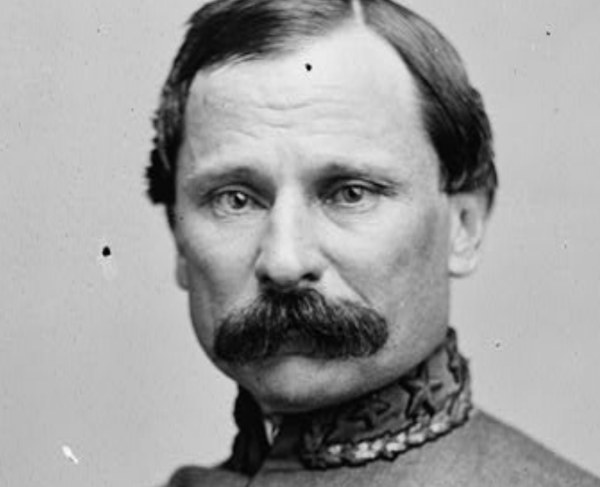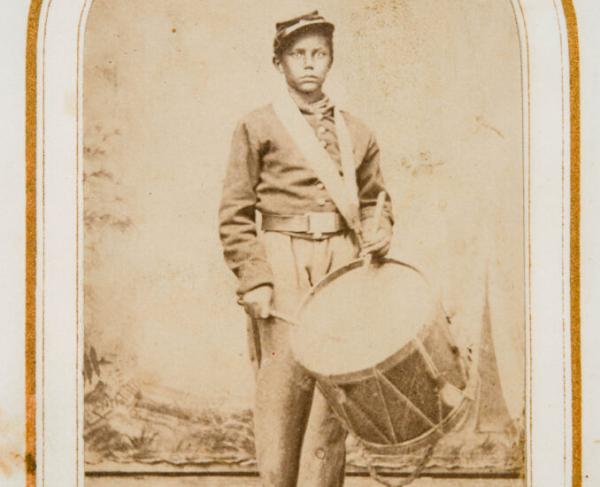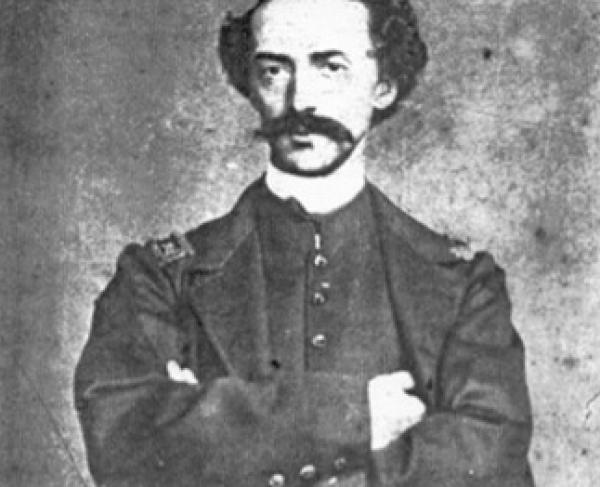Cadmus M. Wilcox

“Energetic, brave, and conscientious” were the words Confederate General Harry Heth used to describe the military career of his friend and fellow general Cadmus Wilcox.
Cadmus Marcellus Wilcox was born on May 20, 1824, in Wayne County, North Carolina. His mother was from North Carolina, but his father was from Connecticut. His family soon relocated to Tipton County, Tennessee, near Memphis, when Wilcox was only two years old. After studying at Cumberland College, he attended West Point, graduating near the bottom of the vaunted class of 1846, which included future notable Civil War generals George B. McClellan and Thomas J. “Stonewall” Jackson.
Wilcox was then sent to serve in the Mexican-American War. He served under both Generals Zachary Taylor and Winfield Scott and earned particular distinction for his part in the Battles of Chapultepec and Mexico City. For his gallant actions, he was promoted to brevet first lieutenant. After Mexico, Wilcox served in various frontier posts. He then became assistant instructor of infantry tactics at West Point from 1852-57, when failing health forced him to take a year-long leave to travel through Europe. He then wrote Rifles and Rifle Practice, which was the first American textbook to discuss the mechanics of the rifled musket and would become the Army’s standard textbook on the topic. He also translated a French text on the evolution of Austrian infantry.
When Tennessee seceded in June 1861, Wilcox resigned his commission in the US Army. He then became colonel of the 9th Alabama Infantry Regiment, which fought at First Bull Run. He was promoted to brigadier general on October 21, 1861, to serve under General James Longstreet. He and his brigade played a crucial rule in the 1862 Battle of Williamsburg. At the Seven Days Battles, he proved himself to be an able commander, despite losing nearly every regimental officer in his brigade and a casualty rate higher than any other brigade in Longstreet’s division.
His brigade was held in reserve at Second Bull Run, and he was ill and thus out of action during the 1862 Antietam Campaign. During the 1863 Battle of Chancellorsville, Wilcox’s brigade was assigned to guard Banks’ Ford on the Rappahannock River, away from the main fighting. On May 3, he marched his brigade to the sounds of guns at Fredericksburg. Arriving too late to participate in the Second Battle of Fredericksburg, Wilcox nonetheless deployed his brigade and a scant force of cavalry and artillery in the path of a Federal force marching toward the Confederate rear at Chancellorsville. In a masterful delaying action, Wilcox’s undersized force delayed the Federals for hours, and then stopped them cold at Salem Church after receiving reinforcements from Lee.
Passed over for promotion as Lee reorganized his army in the wake of the Battle of Chancellorsville, “Uncle Billy Fixin,” as he was known to his men, next served as the Battle of Gettysburg. On the second day of the battle, skirmishing along the Emmitsburg Road culminated with division commander Richard H. Anderson ordering an attack against a weakened Union center. Wilcox’s Alabamians supported by an undersized Florida brigade assaulted the Union center. Unaware of their ultimate objective, and lacking leadership from Anderson, Wilcox’s attack foundered, and an outnumbered Minnesota regiment was able to repulse the attack. On the next day, Wilcox’s brigade was assigned to support the right flank of Lee’s frontal assault on Cemetery Ridge known as Pickett’s Charge. Although not subject to small arms fire, his brigade was exposed to “close and terrible fire of artillery” from the guns massed on Cemetery Ridge. He rode back to Confederate lines to ask for artillery support of his attack, but after finding out that there was no ammunition left, ordered his brigade to retreat; in his official report, he defends this decision by stating that his men “could do nothing save to make a useless sacrifice of themselves” without artillery support. Despite this decision, Wilcox lost more than 200 men during the third day.
In late 1863, he was promoted to major general and at the head of a division, serving General A.P. Hill in the Confederate Third Corps. His new division experienced heavy fighting at the Wilderness, Spotsylvania, and Petersburg. At Petersburg, Wilcox’s desperate stand at Forts Gregg and Alexander on April 2, 1865, helped to cover the battered Army of Northern Virginia’s retreat to the west. When General Lee surrendered to General Ulysses S. Grant on April 9, 1865, at Appomattox Court House, Wilcox was preparing to break through Union lines.
During his service in the war, Wilcox came to be known as one of Lee’s most reliable commanders. He was precise and detail oriented as a soldier, though personally he was friendly and genial.
After the war, he resided in Washington, DC, and remained a bachelor for the rest of his life. He was offered a command in the Egyptian Army but turned it down to take care of his eldest brother’s widow and children. In 1886, President Grover Cleveland appointed him to the post of chief of the railroad division of the US Government Land Office, a post in which he served for the rest of his life. He also wrote History of the Mexican War, edited posthumously by his niece in 1892.
When he died on December 2, 1890, four of his pallbearers were former Confederate generals, while four more were former Union generals. In further testament to his continued friendship with those on both sides of the war, Harry Heth remarked upon his passing,
“I know of no man of rank who participated in our unfortunate struggle on the Southern side who had more warm and sincere friends, North and South, than Cadmus M. Wilcox, and over whose sad demise more sincere tears were shed.”
Related Battles
2,283
1,560

